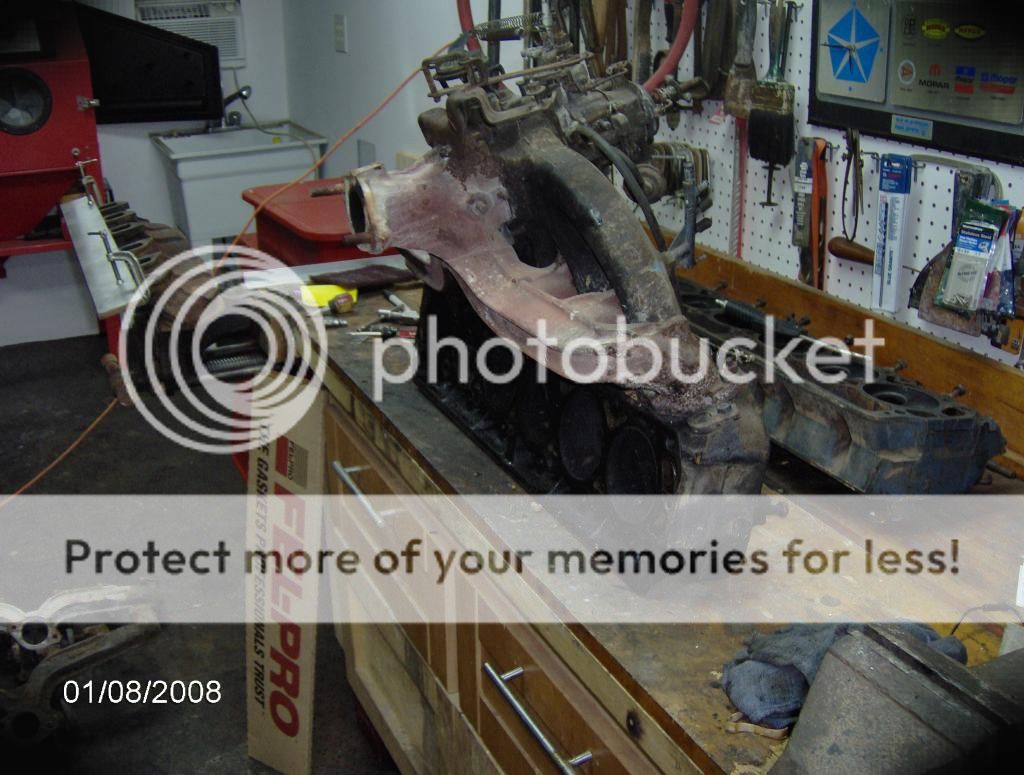nm9stheham
Well-Known Member
Too be honest I am sorta looking forward/wanting to pull the head anyway, I want to learn/have hands on experience with making specific measurements that are needed to make modifications to these engines.
You said above ..........Compression is in deed normally tested on each cylinder one at a time, with that cylinder's piston at TDC...........
Did you mean to say a leak down test.
As far as I know a compression check is done with engine spinning over until highest reading on gauge is attained?
Yes you are correct, I should have said leak-down. Glad to see you are in 'hands-on learn' mode! It'll be interesting to hear what you find. I know that you want to minimize expense at this point and that is the path you are being helped along, but it may or may not work out for an engine that has rust under the valve cover on the springs, so be prepared for any outcome.



















